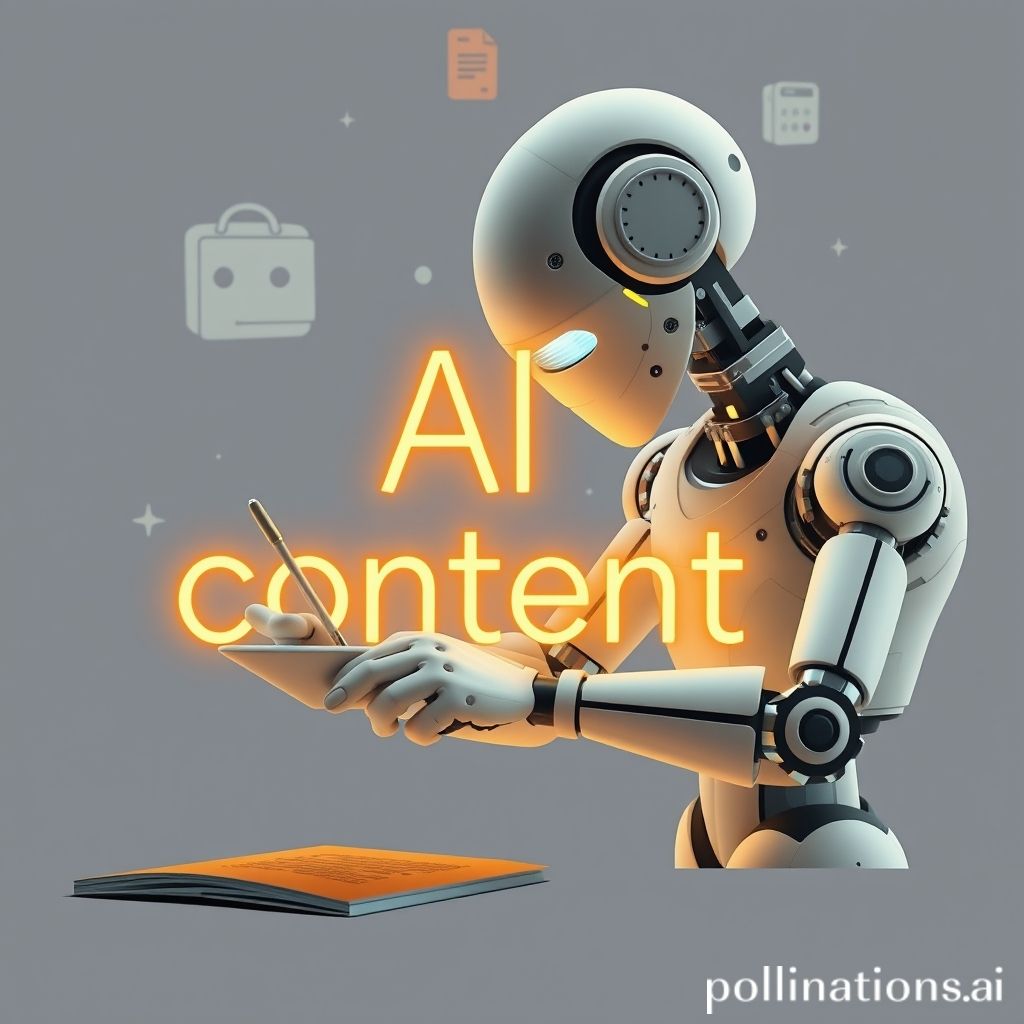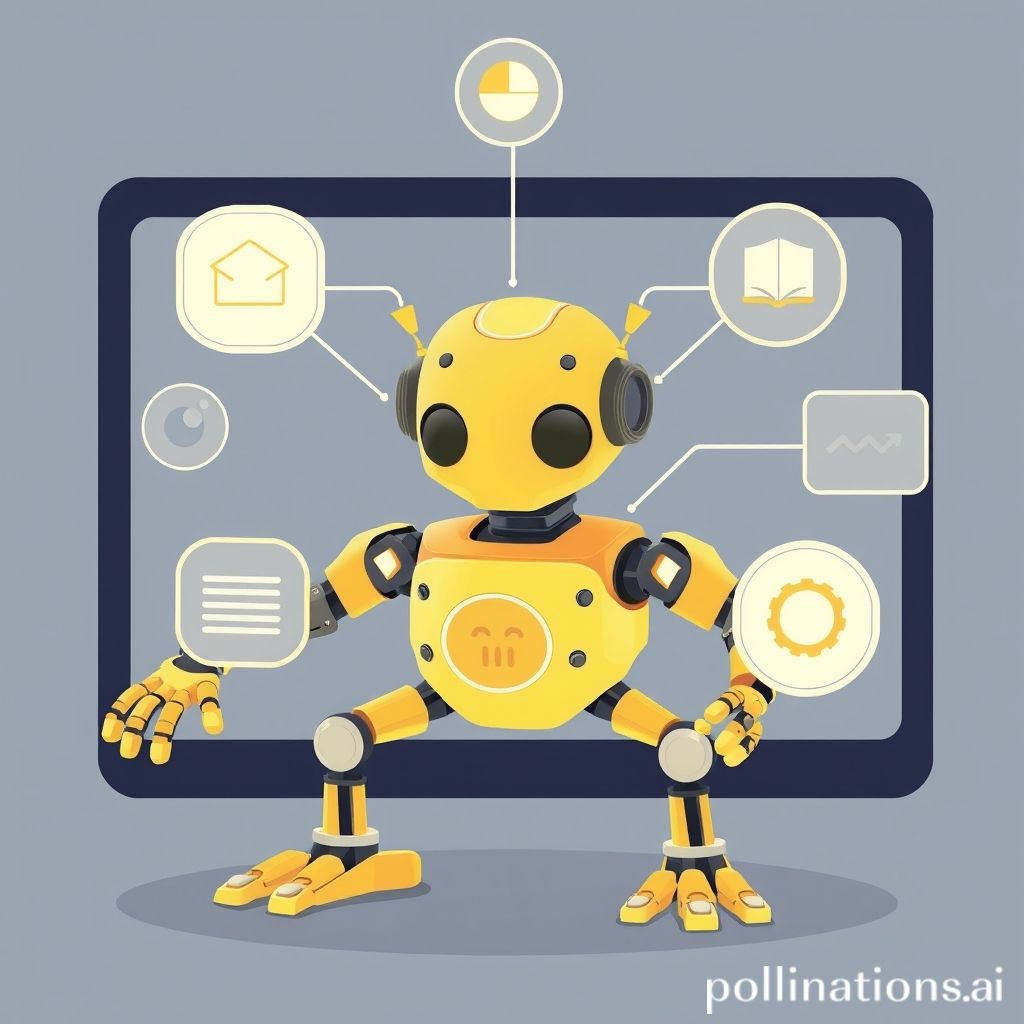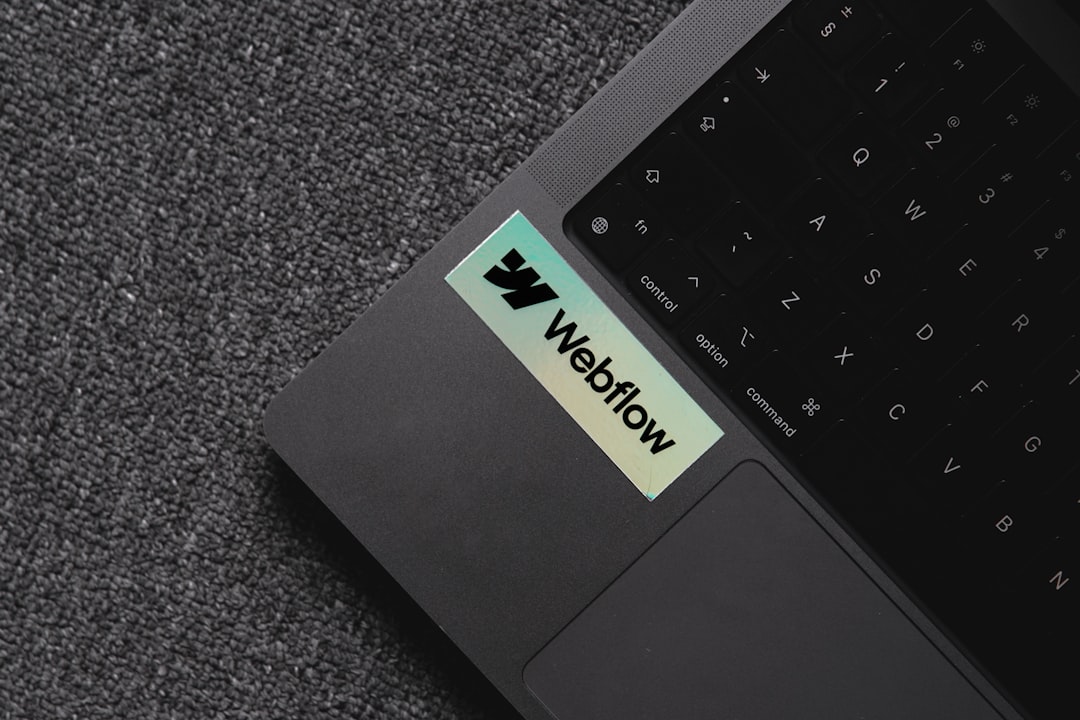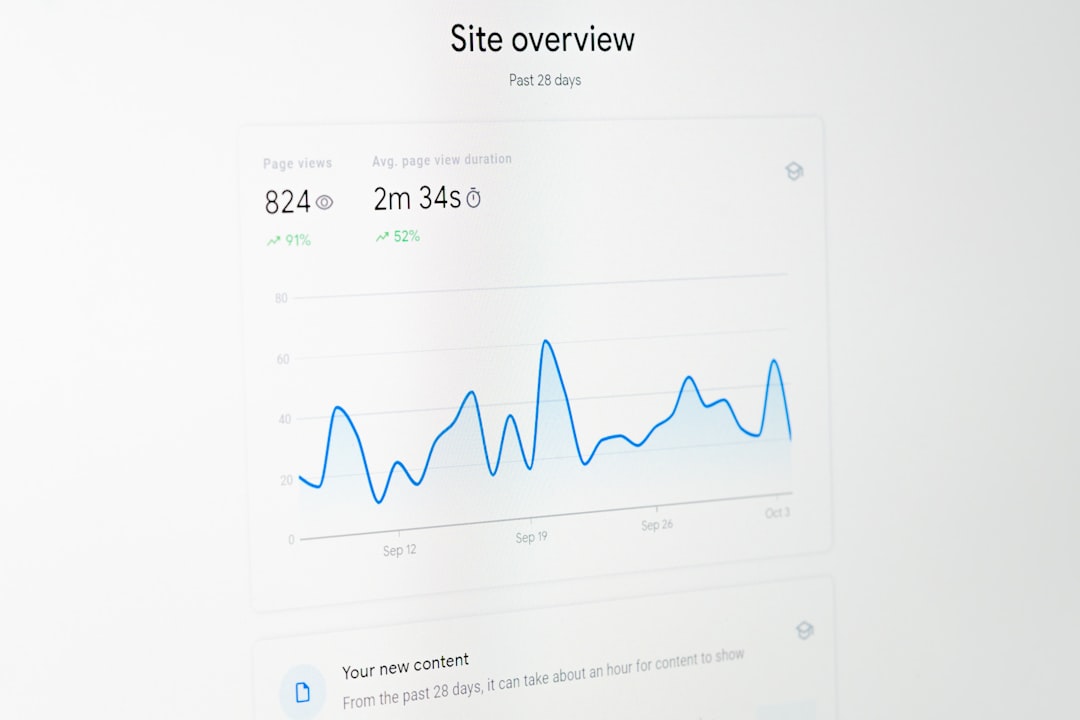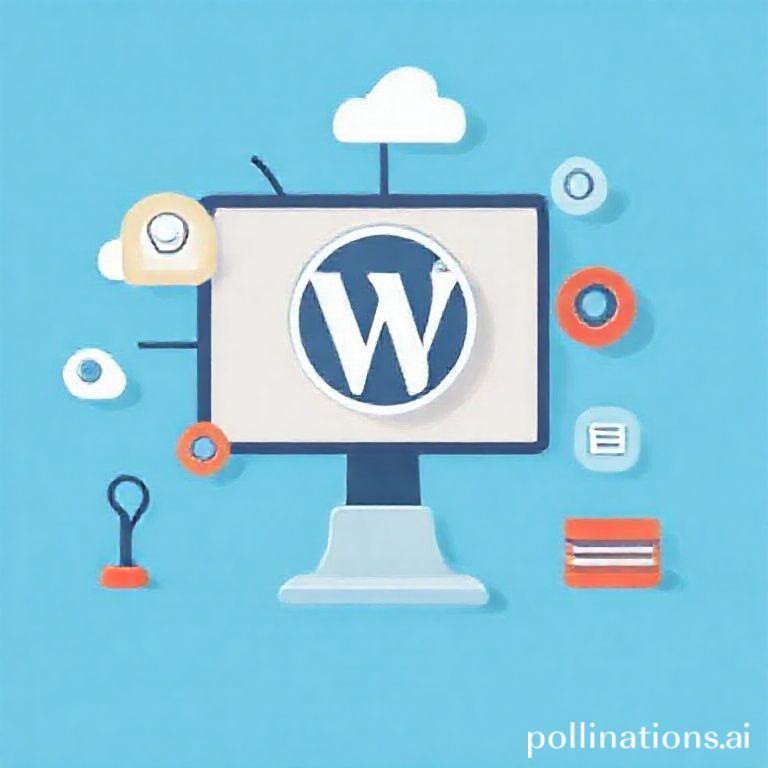Table of Contents
- Introduction
- Exploring the Rise of Free AI Content Writing Tools
- The Best Free AI Writing Tools: Unicorns or Yetis?
- How AI-Powered Tools are Revolutionizing Content Creation
- The Unholy Union of AI-Generated Content and SEO
- Streamlining Content with AI-Powered Automated Workflows
- Debunking Myths About Free AI Writers: Quality vs. Quantity
- The Ultimate Guide to Free AI Tools: Hype vs. Reality
- Crafting Your Masterpiece: Free AI Writing Tools on a Budget
- Conclusion
- Frequently Asked Questions
Introduction
In today’s fast-paced digital world, content remains king, but who—or what—is the real ruler behind the throne? Enter the realm of free AI tools for content writing, a rapidly burgeoning domain that’s generating both enthusiasm and skepticism among writers, marketers, and entrepreneurs alike. These tools promise to revolutionize content creation by offering everything from automated blog posts to catchy social media captions, all at a cost that’s impossible to argue with: zero dollars.
But are they really as miraculous as they seem? Can artificial intelligence truly capture the nuances of human language and creativity, or are we merely falling prey to the latest tech hype? In this deep dive, we explore a range of free AI content writing tools, dissecting their capabilities, and examining what they mean for the future of content creation. From the simplest tasks to complex narratives, these tools are poised to change the way we think about writing. So buckle up, as we embark on a journey through the cutting-edge landscape of AI-driven text generation.
Exploring the Rise of Free AI Content Writing Tools
Once upon a digital dawn, free AI content writing tools burst onto the scene, shaking up the writing world like a whirlwind. Imagine a bustling marketplace—vendors shouting, colors swirling, energy buzzing. There, amongst the chaos, free AI tools stand tall like knights in shining armor, offering to pen paragraphs without pinching pennies. They’re like generous magicians, pulling coherent content out of a hat with a flick of their metaphorical wand. Need an article pronto? These tools deliver faster than a speeding bullet.
Now, isn’t it ironic? Human innovation, once thought to be unrivaled, now finds itself keeping pace with its own creation—AI. These tools make writing seem as easy as pie, breaking down one’s inner writer’s block bit by bit. They churn out similes, splash colorful adjectives, and sprinkle in alliteration, creating imagery as vivid as a painter’s masterpiece. Yet, there’s a hint of mystery, a whisper of foreshadowing—can they ever understand the nuance, the emotion, the heart a human writer pours into their words?
Oh, the sound of keys clacking away, as these AI writers work tirelessly, just like elves in a workshop during the festive season. Free, and fabulous, and still leaving room for human touch, AI content tools are here to stay.
The Best Free AI Writing Tools: Unicorns or Yetis?
Ever wondered if free AI writing tools are just myths like unicorns or yetis? You’re not alone. Let’s journey into this digital forest and see what’s lurking in the shadows. Free AI tools are like those elusive creatures. You hear about them, folks claim to have spotted them, but when you need them most, poof! They’re gone into the mist. But fear not, fellow writer, for there are a few that roam freely in the wildlands of the internet.
Take, for instance, the cheerful little helper, ChatGPT, when accessed through certain platforms. While it can sometimes sound as mechanical as a rusty robot, it’s got the juice you need to break through that writer’s block. Then there’s Grammarly’s free version, rummaging through your rambles and tidying them up like a helpful ghost. Hemingway Editor, another free ally, isn’t quite as mystical, but it spots a sentence bloated with too many words quicker than you can say ‘Abracadabra!’
Now, while not every free AI tool will lead you to the pot of gold at the end of the rainbow, they’re certainly more like a friendly compass in this vast, bewildering writing adventure. So why not grab your virtual binoculars and see what you can find?
How AI-Powered Tools are Revolutionizing Content Creation
Once upon a time, content creation was like crafting a delicate storybook by hand. Writers, with ink-stained fingers, labored over ideas, hoping to capture lightning in a bottle. But now, AI-powered tools have swooped in, waving their digital wands, and forever changing the landscape. Aren’t they just amazing?
Picture this: AI as a trusty sidekick, not unlike a modern-day Merlin, guiding writers through the fog of writer’s block. These tools, brimming with algorithms, handle everything from grammar gaffes to style suggestions, making words dance and sing in harmony. With a click, voila, you have a polished piece ready to go!
Oh, the irony! Humanity, once masters of creativity, now shares the pen with machines. It’s a new era, folks. While there’s plenty of chatter about machines taking over, fret not. They’re here to assist, not replace. Like two peas in a pod, man and machine create a symphony of stories.
It’s more than just convenience; it’s revolution. As AI tools chime in, content creators find themselves on a rollercoaster of innovation, gripping the rails tight. Who’d have thought we’d be here, sharing the quill with algorithms? Yet here we are, carving a path into the future.
The Unholy Union of AI-Generated Content and SEO
Picture this: a digital sorcerer, casting spells that assemble words on a page with the flick of a wand. That’s AI in the realm of content creation—a modern alchemist turning keywords into captivating prose. But, ah, there’s a catch. When AI-generated content and SEO get hitched, it can be a bit, well, rocky. You see, AI writes with the precision of a machine, but lacks the soul of a poet. Therein lies the rub.
SEO, the ever-elusive creature that it is, demands content that not only sings to search engine algorithms but whispers sweet nothings to human hearts too. Oh, the irony! Even as AI churns out streams of text faster than you can say ‘Search Engine Optimization,’ there’s a gnawing fear that we’re losing a bit of that human touch. It’s like replacing a master chef with a vending machine—you get the fill, but miss the flavor.
Yet, through the whirlwind of ones and zeros, there’s a silver lining. By sprinkling a dash of human creativity into the AI mix, digital content could dance into a harmonious blend of efficiency and empathy. But hold your horses! The tale’s far from over. What lies ahead depends on how we tame this dynamic duo.
Streamlining Content with AI-Powered Automated Workflows
In today’s fast-paced digital world, writers often find themselves caught in a whirlwind of words, deadlines looming like storm clouds on the horizon. Enter AI-powered automated workflows, the trusty sidekick you didn’t know you needed. Picture a world where content creation feels as smooth as butter, with AI lending a hand—or rather, a circuit—at every twist and turn.
Let’s dive into the nitty-gritty: AI doesn’t just help with content generation, oh no! It’s like having a secret weapon in your back pocket, ready to tackle pesky tasks like proofreading and formatting without breaking a sweat. Remember the tale of the tortoise and the hare? Here, AI is the hare that’s learned to pace itself, ensuring your content reaches the finish line in record time, polished and pristine.
Moreover, with automated workflows, it’s as if your content gets its own conductor, orchestrating the symphony of creation while you focus on the big picture. Gone are the days of juggling mundane tasks—AI’s got your back. In this brave new world, content creators can finally breathe a little easier, their trusted AI partner poised to transform the humdrum into something magical.
Debunking Myths About Free AI Writers: Quality vs. Quantity
Oh boy, the world of free AI writers, it’s like diving into a treasure chest that’s sometimes full of gems and sometimes just plain seaweed. Folks often think all that glitters is gold, but when it comes to AI tools, that ain’t always the case.
Let’s first clear the air—free doesn’t always mean poor quality, but it doesn’t guarantee a masterpiece either. Picture it: You’re at your local bakery, eyeing that free sample of a new pastry. Yum, right? But will it satisfy your craving for a full course, or just tease your taste buds?
Free AI writers can churn out a decent amount of content, sure. Quantity overflows like a river after a storm. Yet, the river sometimes carries just as much debris as it does fresh water. While it’s remarkable that they can whip up words faster than a cat darting for a can opener, those words might lack the soul of a story, leaving you with something that’s just ‘meh’.
The truth is, while free AI can give you a good starting point—much like a blank canvas—it’s the human touch that adds the vibrant colors. So next time you snag some free AI content, remember to sprinkle in a bit of your own magic to make it shine.
The Ultimate Guide to Free AI Tools: Hype vs. Reality
In the buzzing world of AI, many folks beg the question: ‘Is there really a free lunch when it comes to AI content writing?’ The internet is jam-packed with promises of free AI tools, yet reality sometimes pulls a fast one on us. Ever stumble on free-to-use AI, only to discover it’s just a taste before the credit card comes out? That’s when the plot thickens.
In this winding journey, free AI tools often promise the moon but deliver a flashlight. Sure, they might spit out a few snazzy sentences, enough to pique your interest, but surprise! Words might come out like a jumbled song, requiring a human hand to iron out the wrinkles. Picture using a robot to bake a cake—it follows the recipe but misses Grandma’s loving touch.
Yet, don’t toss in the towel just yet! Some gems lurk in the murky waters. OpenAI’s ChatGPT, for instance, occasionally opens its gates for free, offering a slice of machine-made magic. The key is, keep your peepers peeled for those golden moments when the stars align, and free AI really does lend a helping hand. It’s a rollercoaster ride, no doubt, but every so often, it’s worth the spin!
Crafting Your Masterpiece: Free AI Writing Tools on a Budget
In a world where words can become your best friend or worst enemy, popping with the right tool is like finding a needle in a haystack. But guess what? There’s a glimmer of hope—free AI writing tools that are just a click away. Imagine a trusty sidekick that’s always ready to assist you in crafting your masterpiece. It’s like having a wise old sage whispering the secrets of language in your ear, without costing you a dime. Talk about a penny saved!
Take, for instance, a time when pen met paper, and stories were born from sheer imagination. Now, technology paints a colorful landscape of possibilities. While exploring these tools, one stumbles upon something like a magic wand—it helps conjure the right words without breaking a sweat. Oh, the irony! Who would’ve thought machines could lend a hand in capturing human essence?
Using these AI wonders isn’t just about saving a buck, either. It’s about letting your thoughts flow like a river, uninterrupted by the boulders of writer’s block. Whether you’re penning a novel or typing an email, these tools can be a saving grace, allowing you to dance gracefully across your digital page. They’re free, they’re fabulous, and just waiting for you to make the first move!
Conclusion
In today’s dynamic digital landscape, the rise of free AI content writing tools has revolutionized the way creators approach their craft. This transformation presents an opportunity for writers to harness AI’s potential and streamline their processes, from drafting to SEO optimization. However, those who fail to embrace AI tools like WPHorde will risk falling behind in this competitive sphere. WPHorde offers a comprehensive suite of advanced features that elevate your content strategy to new heights. Explore WPHorde today and join the ranks of forward-thinking creators who are leveraging AI to enhance productivity, creativity, and impact. Don’t let this wave of innovation pass you by—capitalize on the power of WPHorde to stay ahead in the ever-evolving world of content creation.

